- Joined
- Aug 15, 2000
- Messages
- 19,001
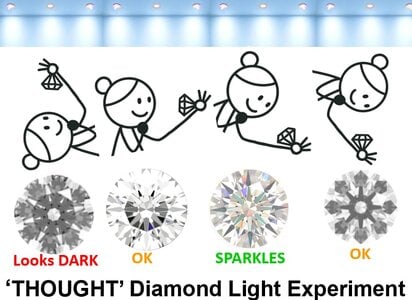
Think about this ‘thought experiment’. Take a diamond or a ring and start looking at it toward the ceiling lights. Yuck? Then slowly move it down and find the best sparkle. Then facing the floor your head is between the lights blocking them Yuck!
Where are the lights. Can the diamond see the lights? Is your head blocking the lights?
No light = no diamond. Diamonds cease to exist in the dark ☹
If your head blocks the lights, there is less light.
If the diamond only gets its light from walls, it will not have much sparkle.
There are more sparkles with small lights than big tube lights.
Sadly, the GIA developed it’s cut grade using a really bad lightbox that favored deeper cuts. The IGI recently did a study and now prefers slightly shallower cuts. Ones that perform well with the Ideal-Scope.
Most fancy cut shapes will perform a little differently to most round diamonds. That is why we use an ASET scope for fancies.

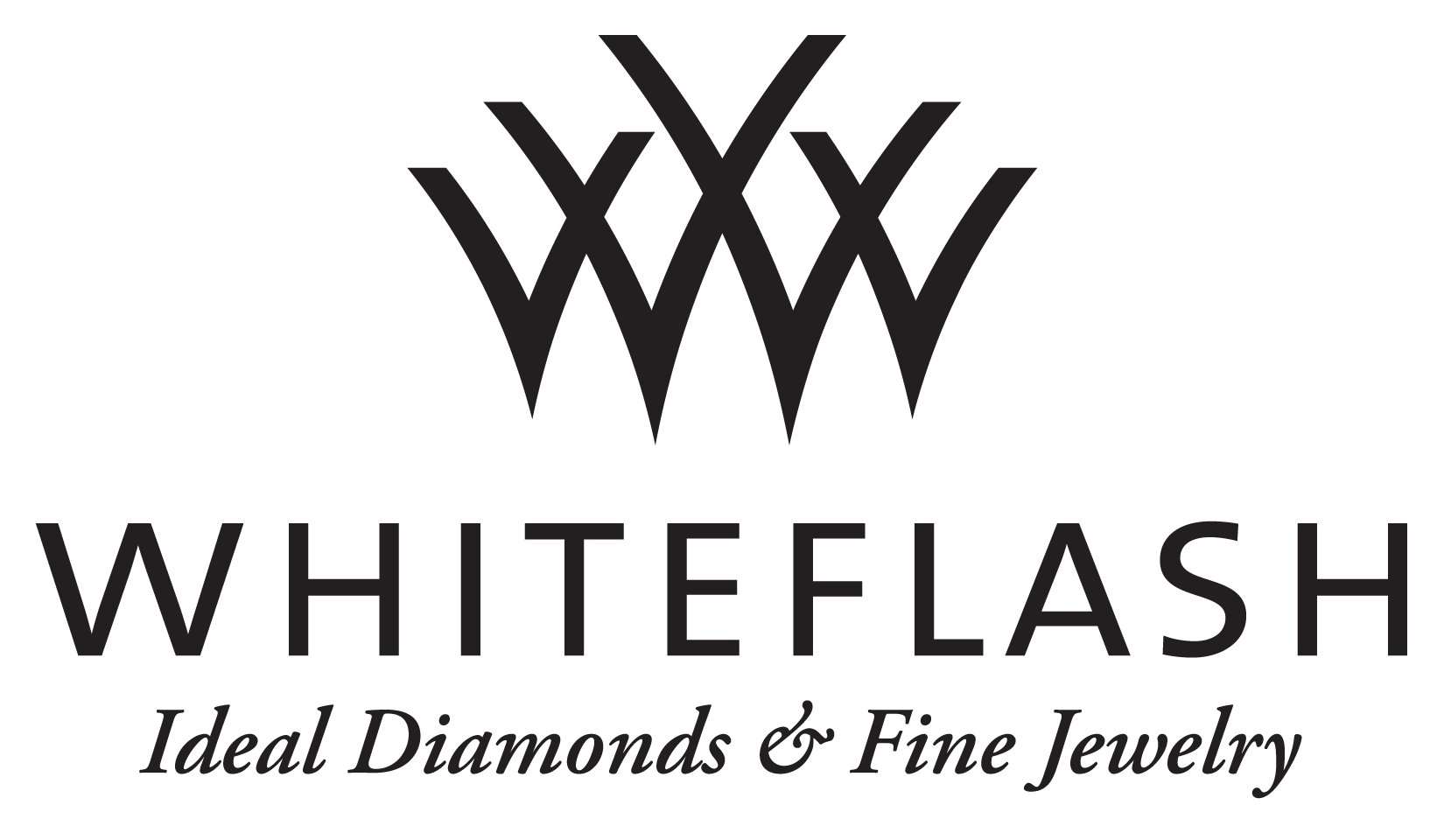
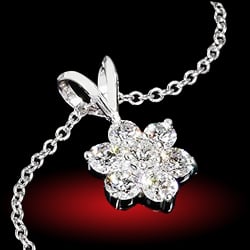
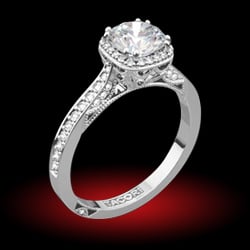
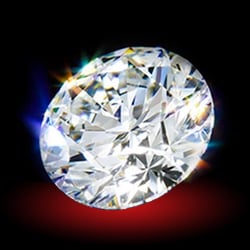

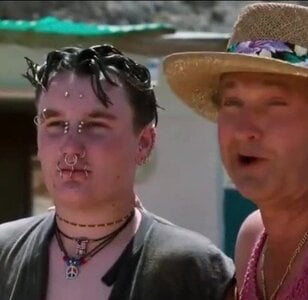
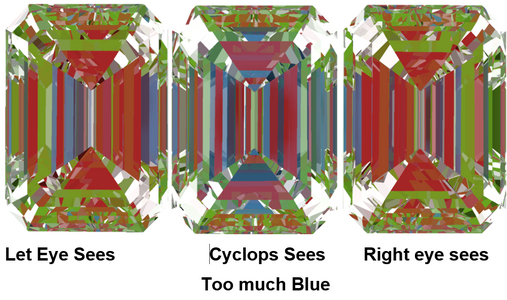



300x240.png)